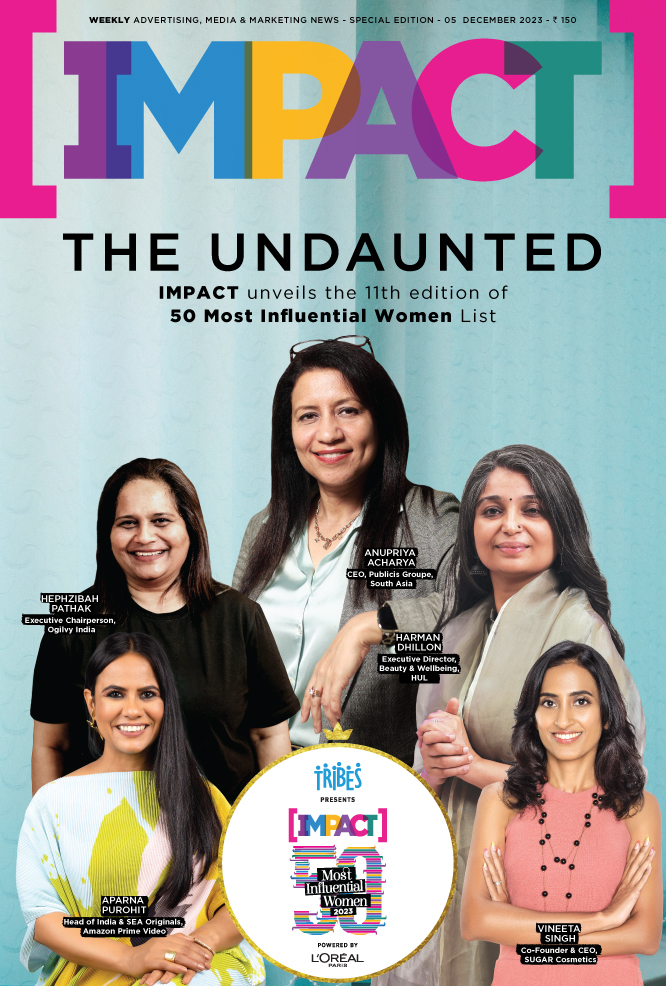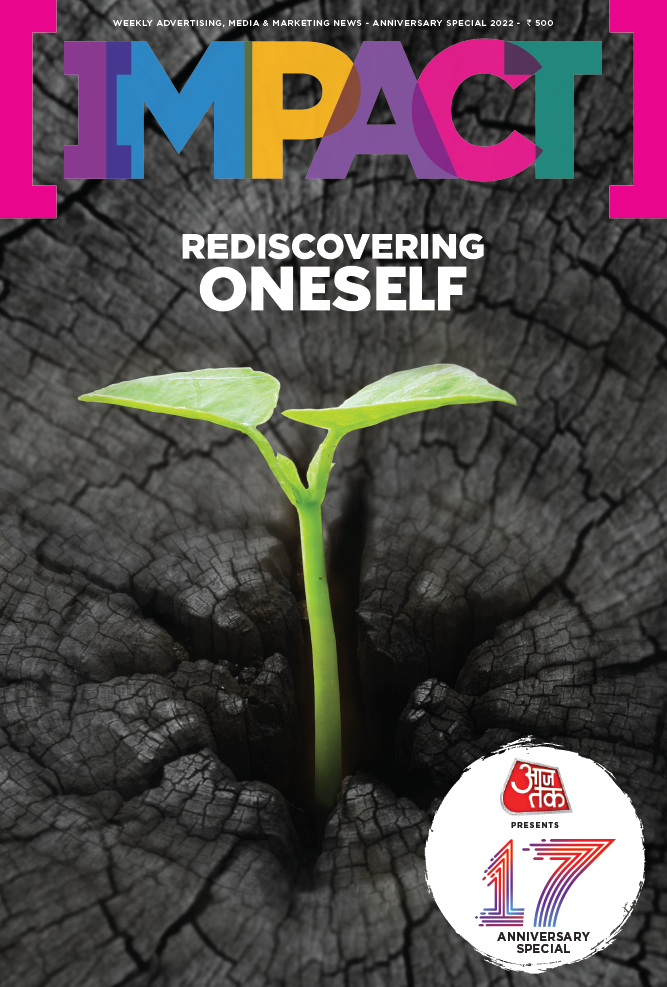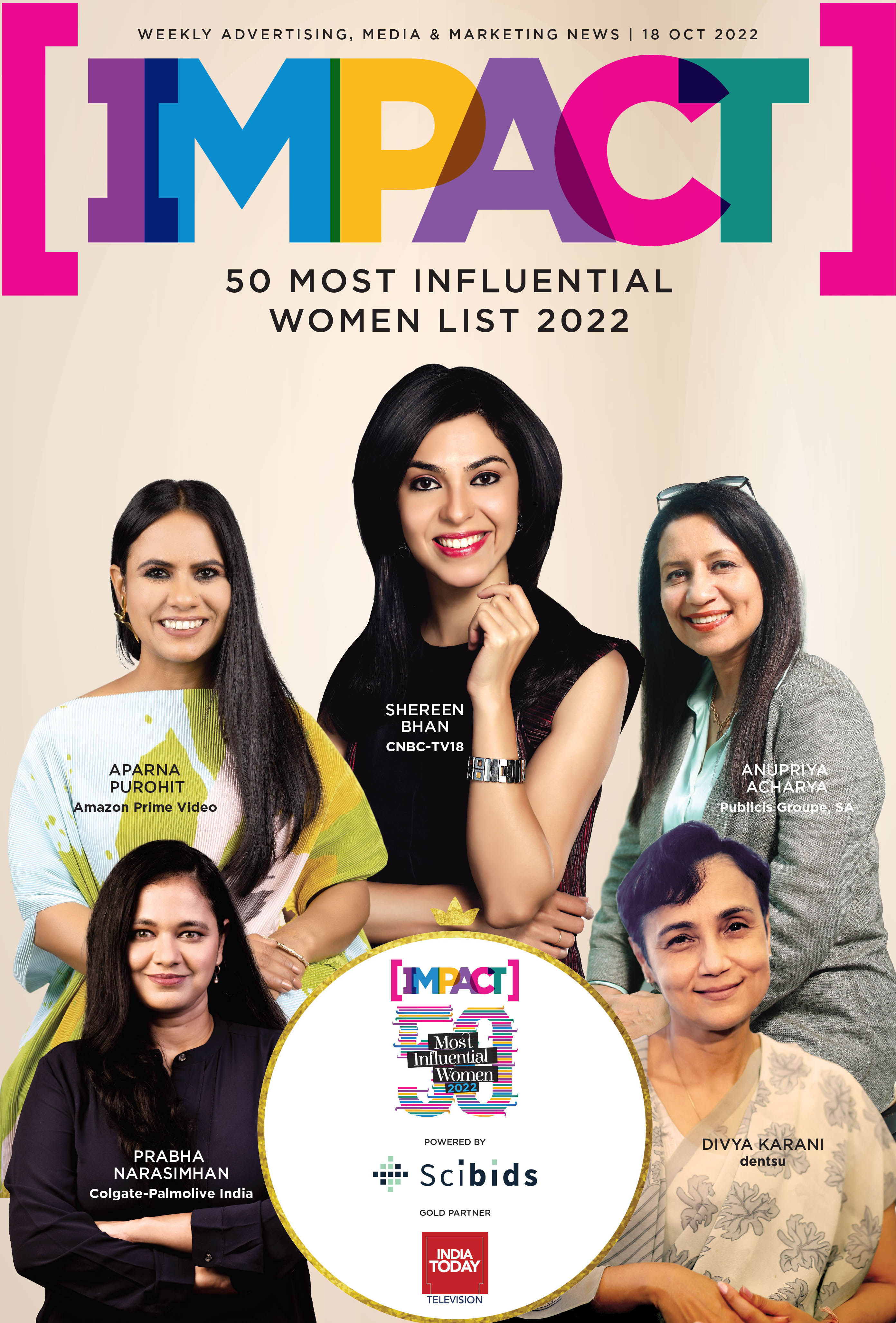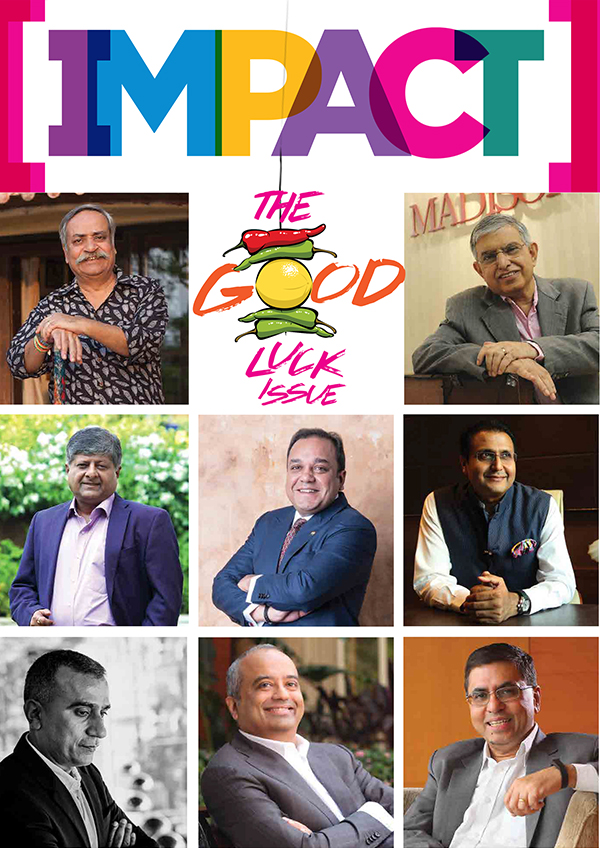The latest MPEG-2 slot e-auction of Prasar Bharati’s DD Free Dish has sent shockwaves through the broadcasting industry, with a dramatic fall in bidding prices and growing concerns over the pubcaster’s revenue model.
The steep decline—over Rs 60 crore in the news category alone—has raised questions about whether broadcasters are strategically tightening their budgets or losing faith in India’s largest free-to-air DTH platform. Industry insiders reveal that leading news channels such as Aaj Tak, India TV, News 24, and News Nation secured slots at nearly half the price of the previous year, signalling a major shift in their approach.
Meanwhile, the auction process itself has come under fire, with allegations of unfair deadlines and mysterious disqualifications further fuelling the controversy. Several smaller broadcasters claim they were unfairly removed mid-process, casting a shadow over the auction’s transparency. However, with the return of major networks to Free Dish, the pay-TV industry faces a fresh challenge. As subscription revenues dwindle, broadcasters seem to be shifting back to the free-to-air model, prioritising advertising revenue over direct consumer payments. But with Prasar Bharati reportedly losing a fortune in potential revenue, the real question is—who is winning in this evolving game of television economics?
Strategy or Caution?
On the first day of the MPEG-2 slot auction, Prasar Bharati generated close to Rs 55.4 crore from the sale of three slots, with Sony Pal, Colors Rishtey, and Sun Neo securing them for about Rs 18.55 crore, Rs 18.35 crore, and Rs 18.5 crore, respectively. Day two saw the A+ category fetching the highest bids, ranging between approx. Rs 17 crore and Rs 18.6 crore. Zee acquired two slots for around Rs 18.60 crore and Rs 17.25 crore, while Star secured one at about Rs 18.25 crore. On the third day, intense bidding took place across multiple categories, yielding a total of around Rs 328.60 crore for Prasar Bharati from entertainment, movie, regional, and news channels. Six slots in Bucket A+ were claimed, with Zee and JioStar securing two each, while Sony and Sun Neo obtained one each.
However, industry sources revealed that Round 2 of the DD Free Dish MPEG-2 auction for 2025-26 saw a sharp decline in bidding prices, particularly in the news category, where bids fell by approximately Rs 60 crore compared to the previous year. Leading news channels such as Aaj Tak, News 24, India TV, and News Nation won slots at nearly half the price they had paid in the previous auction, indicating a shift in broadcaster strategy, sources told IMPACT Magazine. This substantial drop raises concerns about Prasar Bharati’s revenue model and whether news networks are reassessing their dependence on Free Dish for audience reach.

According to sources, the decline in the news category ranged between nearly Rs 8.20 crore and Rs 10.75 crore per channel. Aaj Tak’s winning bid for 2025-26 stood at approximately Rs 8.10 crore, a steep drop from about Rs 19 crore in 2024-25—a decline of nearly Rs 10.75 crore. Similarly, News Nation’s bid fell from approximately Rs 17 crore in 2024-25 to around Rs 8 crore this year, reflecting a drop of nearly Rs 9 crore. News 24 also witnessed a significant reduction, with its bid decreasing from about Rs 17 crore last year to around Rs 8.25 crore this year—a decline of roughly Rs 9 crore. India TV followed a similar pattern, securing a slot for close to Rs 8.25 crore in 2025-26, down from about Rs 17.50 crore in 2024-25—a reduction of nearly Rs 9.25 crore.
Other categories also saw price drops, though not as dramatic as in the news segment. The GEC A+ bucket, for instance, experienced a noticeable dip. Channels such as Manoranjan TV, Dangal, and Shemaroo TV, that had secured slots between nearly Rs 17 crore and Rs 21.15 crore in 2024-25, saw their bids fall to around Rs 16 crore – Rs 16.65 crore. Similarly, The Q, which paid approximately Rs 19 crore last year, won its slot for Rs 16 crore this time. A similar downward trend was seen for Nazara and Dangal 2, whose bids fell from about Rs 16.75 crore and Rs 17.15 crore to Rs 16.30 crore, respectively. Devotional, music, movies, and other categories also experienced declines. The 7th annual e-auction, marked a shift in market dynamics, with only 60 slots sold this year, compared to 64 in 2024, indicating a more selective bidding process and possible hesitancy among certain broadcasters.
Saga of DD’s mysterious disqualifications
“Why did Prasar Bharati issue invitations if they had doubts about our eligibility? If we were not fit to bid, they could have told us before the process, not midway through the auctions,” asked an executive from a disqualified broadcaster, accusing the pubcaster of selectively disqualifying participants. Industry insiders describe the disqualifications as arbitrary and suspicious, fuelling long-standing concerns over the lack of transparency in DD Free Dish auctions.
The sharp drop in bidding prices during Round 2 of the DD Free Dish MPEG-2 auction appears to be driven by broadcaster strategy, reduced competition, and the impact of Round 1 disqualifications. The disqualification of all Round 1 applicants, including key players in Bucket R1 (Tamil, Telugu, Kannada, and Malayalam channels), led to a loss of confidence in the auction process, discouraging aggressive bidding in Round 2. With fewer participants, those remaining strategically avoided overbidding, knowing that slots would remain uncontested.
Adding to their frustration, several disqualified broadcasters claim they were set up to fail, citing unrealistic deadlines for compliance with scrutiny requests. “We received a scrutiny mail on Saturday, February 8, asking for three months’ worth of content recordings to be submitted by Monday morning at 11 AM,” said a broadcaster who was disqualified from the R1 bucket. “With media offices closed over the weekend, how were we supposed to meet such a deadline?”
The first round of auctions commenced on February 10, 2025. After submitting all necessary documents, these broadcasters claim they received rejection emails on February 12 at 10 PM—leaving them no time to seek clarification or appeal before the auction proceeded. “If scrutiny for R1 bucket applications was still ongoing, how could Prasar Bharati begin the auction?” questioned another broadcaster.
Adding to the controversy, disqualified broadcasters allege that Prasar Bharati failed to provide them with basic information on accessing the auction platform. “Other bucket applicants were informed on February 8 that they would receive user IDs and passwords for training on February 10. Why weren’t R1 applicants given the same details? Were they ever meant to participate fully in the auction?” asked a small broadcaster who requested anonymity.
Smaller broadcasters have a long list of grievances. “We received formal invitations for the 7th e-auction, submitted all required documents, and paid the necessary fees,” said a representative from a disqualified broadcaster. Another broadcaster, speaking on condition of anonymity, alleged that Prasar Bharati selectively disqualified certain players while protecting others. “They have a history of targeting specific channels while favouring others. The rules seem to change at their convenience,” the broadcaster claimed.
Industry observers argue that the timing of these disqualifications suggests deliberate targeting. Broadcasters have pointed out that additional documentation was only requested after bidding had already begun, making it impossible for some participants to comply on time.
“This isn’t an auction—it’s a trap,” remarked a senior executive from a regional broadcaster. With Round 1 bidders eliminated, Round 2 became a near base-price clearance sale, as broadcasters chose to wait rather than engage in a bidding war. While Round 1 saw intense competition, Round 2 saw prices plummet. Winning bids barely increased from their base price, rising by just about Rs 10-15 lakh per slot. “Why would we bid aggressively when we knew the slots would go uncontested?” said an industry insider. “Prasar Bharati’s mistake was forcing out the Round 1 players. That allowed us to secure slots at much lower prices,” they added.
Price of Prasar Bharti’s auction woes
Industry insiders estimate that Prasar Bharati may have forfeited at least Rs 150 crore in potential earnings, in Round 2 alone, after major broadcasters strategically refrained from aggressive bidding following the contentious disqualification of all Round 1 applicants. Bucket R1, which includes Tamil, Telugu, Kannada, and Malayalam channels on DD Free Dish, was particularly affected by these disqualifications. With several applicants eliminated, broadcasters in Round 2 opted for a cautious approach, recognising that the slots would remain largely uncontested. Although Prasar Bharati did not formally announce the disqualifications, the issue soon escalated into a legal dispute. As word spread among broadcasters, it influenced their strategies during Round 2 of the auction. “This change in auction dynamics has sparked concerns within the industry, with many questioning the fairness and transparency of the process,” said a source familiar with the matter.
Among the disqualified channels were Popular TV and Movieplex, along with Vision Corporation Ltd., which operates House Full Movies, Multiplex, and Movie Plus. Vision Corporation’s application for Bucket R slots was rejected due to inaccurate and misleading information regarding its channel’s genre and language classification. The company failed to meet eligibility criteria as a predominantly Bangla channel, with non-Bangla content making up the majority of its programming.

Sources revealed that Prasar Bharati had requested video recordings to verify content authenticity, but Vision Corporation did not submit them within the deadline. Arguing that the rejection was discriminatory and procedurally flawed, the broadcaster challenged the decision at the Telecom Disputes Settlement and Appellate Tribunal (TDSAT). In response, the tribunal issued an interim order instructing the petitioner to submit the required recordings while directing Prasar Bharati to review them before making a final decision.
The difference between Round 1 and Round 2 was stark. On Day 1, when bidding was at its peak, A+ category slots fetched between Rs 17 crore and Rs 18.6 crore. Zee secured one slot for around Rs 18.60 crore and another for close to Rs 17.25 crore, while Star acquired a slot for about Rs 18.25 crore. Given that the reserve price for Bucket A was set at approximately Rs 12 crore, these figures reflected robust competition.
However, by Round 2, the landscape had shifted. With the absence of first-round participants, bidding dropped sharply, and broadcasters strategically waited to acquire slots at the base price. This shift in auction strategy led to a revenue shortfall of over Rs 150 crore in Round 2 alone. The overall revenue losses are said to be significantly higher – with Prasar Bharati losing money during Round 2 and broadcasters, who paid a premium during Round 1, also facing financial setbacks, noted an industry expert.
The cancellation of Round 1 applications has left many broadcasters discontented. The disqualified channels were notified as late as 10 PM on February 12, while the broader industry only learnt of the situation once Round 2 bidding had already commenced. With industry dissatisfaction mounting and legal battles looming, stakeholders are now questioning the credibility of Prasar Bharati’s auction process.
Historically, Free Dish revenue stood at nearly Rs 278.1 crore in FY 2017-18 before the e-auction was put on hold. This increased to approx. Rs 454 crore in 2018-19 during the abeyance of auctions and slightly rose to around Rs 457 crore in 2019-20. However, the lacklustre bidding seen in Round 2 of the latest auction raises concerns about stagnation, potentially affecting Prasar Bharati’s long-term auction strategy.
What does this mean for Pay TV?
India’s DTH and cable industry is already experiencing a sharp decline in subscribers, with recent TRAI data reporting a significant drop of 2.2 million users. Stakeholders anticipate that the return of the Big Four networks to Prasar Bharati’s Free-to-Air (FTA) service, DD Free Dish, will further accelerate this trend, posing a greater challenge to the pay TV sector and potentially leading to an even steeper decline in its subscriber base in the coming months.
According to industry experts, the move to relaunch their channels on DD FreeDish is purely for capitalising on the extensive reach of the country’s largest free-to-air direct-to-home (DTH) platform and to boost advertising revenue. They said, as pay-TV operators struggle to retain subscribers, broadcasters are increasingly turning to DD Free Dish, where they can generate ad income with minimal costs, primarily by airing recycled content. “The growing penetration of DD Free Dish, especially in rural areas, has made it an attractive avenue for broadcasters seeking to compensate for declining subscription revenue from pay-TV,” said an expert.
Since the content aired on DD Free Dish consists of reruns, there is virtually no programming cost involved. This enables broadcasters to earn near-pure profit from advertising. Pay-TV operators (Distribution Platform Operators or DPOs) are witnessing a steady decline in subscriber numbers, leading to a fall in subscription revenues. Broadcasters, in turn, are maximising their advertising efforts on DD Free Dish to offset these losses.
Rajiv Khattar, a broadcasting expert, noted, “Broadcasters want to continue leveraging the reach of DD Free Dish to capture the advertising market, particularly in rural areas where the platform has deep penetration. Since there is no programming cost, the ad revenue is nearly all profit. Meanwhile, pay-TV operators are losing subscribers, and broadcasters are trying to compensate by expanding ad revenue on DD Free Dish.”
According to AIDCF, by October 2024, the cable industry witnessed a drop of 50% subscriptions in the last five years and three lakh people became unemployed. With the fast-changing consumer behaviour, there is no doubt that the cable industry and broadcasters are struggling to hold their subscribers in the linear ecosystem.
India’s pay DTH sector has witnessed a decline in its active subscriber base, dropping from 62.17 million in June 2024 to 59.91 million by September 2024, according to Telecom Regulatory Authority of India (TRAI). This figure is exclusive of subscribers using DD Free Dish, the free DTH service provided by Doordarshan. The shift highlights changing trends in India’s television consumption landscape.
Currently, there are four paid DTH providers in the country – Dish TV, Tata Play, Bharti Telemedia and Sun Direct. DD Free Dish is Prasar Bharati’s free DTH service. Their market share, as per TRAI, is 31.99% for Tata Play, 29.38 % for Bharti Telemedia, 19.53% for Dish TV and 19.10% for Sun Direct.
According to data recently presented by Tata Play CEO Harit Nagpal at the launch of the Pitch Madison Advertising Report, India’s Pay-TV segment comprises 100 million homes, reaching 500 million viewers. The sector generates substantial revenue, with about Rs 32,000 crore coming from subscriptions and about Rs 25,000 crore from advertising, contributing to a total revenue of close to Rs 114 crore per million.
In contrast, the Free-TV category, which includes DD Free Dish, covers 45 million homes and reaches 225 million viewers. This segment of close to Rs 4,000 crore in annual advertising revenue, amounting to about Rs 18 crore per million. Additionally, the Free Apps segment, catering to 200 million viewers, earns around Rs 5,000 crore annually through ad revenue, generating Rs 25 crore per million.
With major broadcasters prioritising ad revenue on free platforms, the pay-TV industry faces mounting challenges. As more channels migrate to DD Free Dish, pay-TV operators must explore new strategies to retain subscribers and sustain revenue. The battle between free and pay-TV platforms will continue shaping India’s television landscape, with advertisers and broadcasters strategically shifting towards avenues offering maximum reach at minimal cost.
E - PAPER
DD Free-For-All Dish
Prasar Bharti’s underwhelming MPEG-2 slot e-auction cost it heavily in potential revenue, benefiting broadcasters. How did the bids plummet overnight?
 BY
ADITI GUPTA
BY
ADITI GUPTA
Published: Feb 24, 2025 9:50 AM

TOP STORY

Omnicom Completes IPG Acquisition, Creating World’s Largest Advertising Network
Omnicom’s acquisition of IPG creates a pro forma $25B entity that overtakes WPP globally and places the merged network at No. 2 in India
NEWS LETTER
Subscribe for our news letter
Subscribe To Impact Online
IMPACT SPECIAL ISSUES

Suniel shetty takes the Spotlight
Miked Up for Goafest
Get Set Goaaa!
Anupriya Acharya Tops the IMPACT 50 Most Influenti
Advertising Turbocharged
A Toast to creativity
GOAing towards tech-lead creativity
REDISCOVERING ONESELF
50 MOST INFLUENTIAL WOMEN LIST 2022
BACK WITH A BANG!
Your Best Coffee Ever
PR Commune Magazine June-July 2022
13th-ANNIVERSARY-SPECIAL
PR Commune Magazine April 2022






